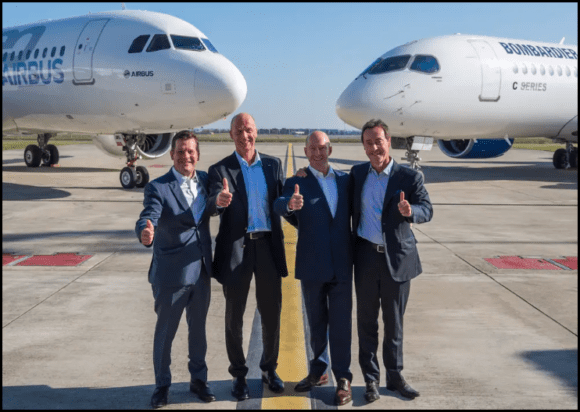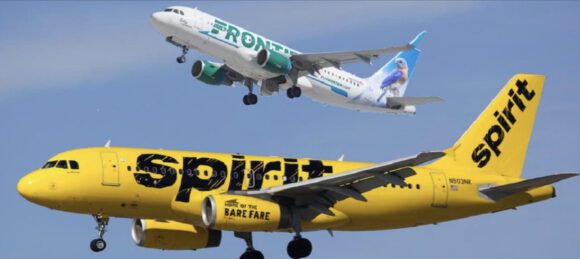Airbus says in its latest Global Market Forecast (GMF) in the next 20 years (2013-2032), air traffic will grow at 4.7% annually requiring over 29,220 new passenger and freighter aircraft valued at nearly $4.4 trillion. Some 28,350 (98%) of these are passenger aircraft valued at $4.1 trillion. Of these, some 10,400 (36%) will replace existing aircraft with more efficient ones. With today’s fleet of 17,740 aircraft, it means that by 2032, the worldwide fleet will double to nearly 36,560 aircraft.Additional data points:
- Increasing urbanization will lead to a doubling of mega cities (defined as cities with >10,000 international passengers per day) from 42 today to 89 by 2032, and 99% of the world’s long-haul traffic will be between or through these.
- Traffic growth has led to average aircraft size ‘growing’ by 25% with airlines selecting larger aircraft or up-sizing existing backlogs.
- By 2032, Asia-Pacific will lead the world in traffic overtaking Europe and North America.
- Asia-Pacific will account for 36% of all new passenger aircraft demand.
- In the Very Large aircraft market there is a requirement for 1,334 (~5%) passenger aircraft valued at $519 billion.
- In the Twin Aisle market the requirement is for 6,779 (~24%) aircraft valued at $1.82 trillion.
- The Single Aisle market represents 71% of deliveries by unit numbers with a requirement for 20,242 aircraft valued at $1.80 trillion.
- By 2032, LCCs will have increased their traffic market share from today’s 17% to 21%.
Being in the aerospace business being bullish is de rigueur. But it is of great interest to us that the VLA market is expected to be ~5% of the total according to Airbus. The big twins are expected to be 24% of the market. Perhaps the VLA market is going to be smaller than we expected.
A key item in the Airbus GMF is this: Growing urbanization means more mega cities. No argument with that. Nor with the idea that these mega cities will generate ever thicker routes. We find the 99% of long haul air traffic between these mega cities an ambitious number.
There are already a number of mega cities and these are less attractive to live in. Yet urbanization trends are clear: Today, 50% of the world’s population lives in cities, and it is anticipated that 70% will by 2050. We are not alone in seeing the trend to mega cities to be a concern. The World Economic Forum states: “While urbanization is occurring worldwide, the trend is most significant in places that are the least equipped to cope. While many megacities will emerge, the bulk of new urban growth will occur in smaller settlements that lack the institutional, legal and financial frameworks to pay for infrastructure“. Commercial aviation is throttled back by lack of infrastructure – India and China are examples.
We think the 99% number is high because large airports are, frankly, a pain. The bigger the airport, the bigger the pain. Long immigration lines, horrible baggage handling and sheer size make big airports a stressful and exhausting experience. Avoiding these airports are attractive for international travelers now and will surely become more so in the future.
The key attraction of a big airport is that you can reach anywhere from there. But we can already see changes – ANA and JAL are using 787s to move traffic from Tokyo (a mega city) to secondary cities in the US. United flies from Denver to Tokyo, and Houston to Lagos (another mega city) with 787s. While each of these routes has a mega city at one end, the other is not a mega city. Rational travelers living outside a mega city will avoid the hub effects whenever possible.
People living in a mega cities will use whatever airports they can – some big cities already have more than one airport to choose from. Typically cities have grown around their airports causing all sorts of infrastructure growth problems for these airports. This compounds air travel challenges and provides support for Airbus contention that A380 sized airplanes are the solution.
But given how cities will grow, we see a fragmentation taking place. Long range twins will enable connecting of all sorts of cities in a cost effective manner. Airbus sees this market as five times larger than the VLA segment. Which only underscores our sense 99% is too high.
Views: 13



